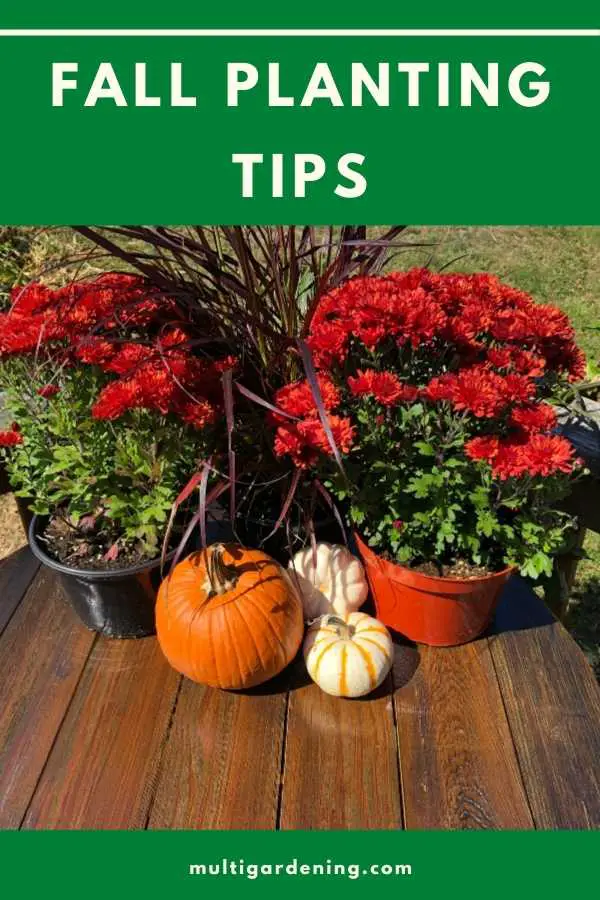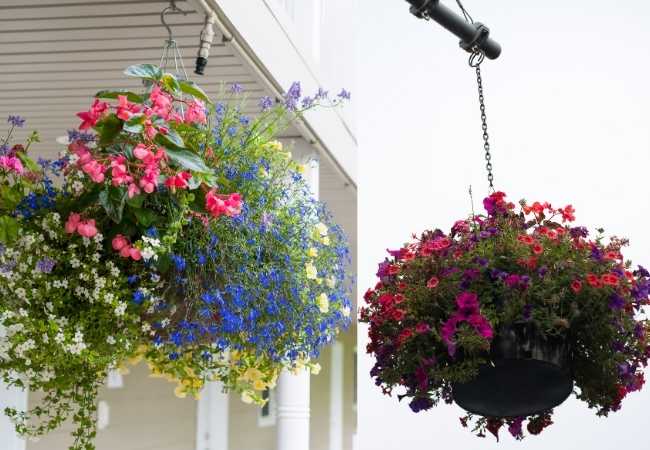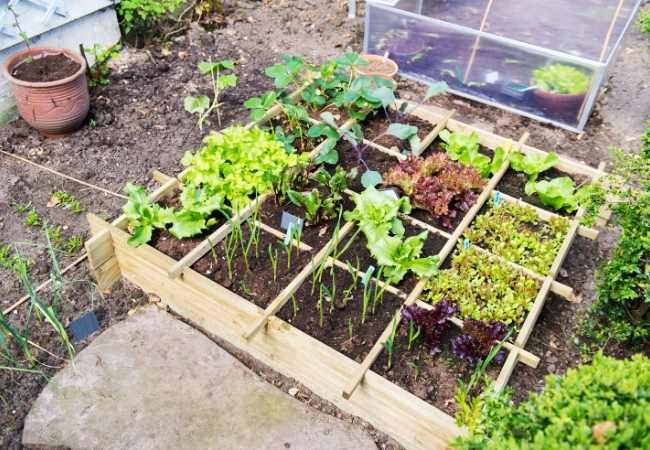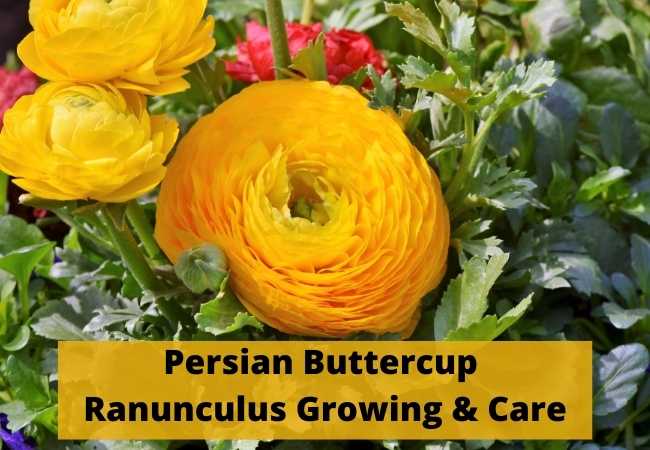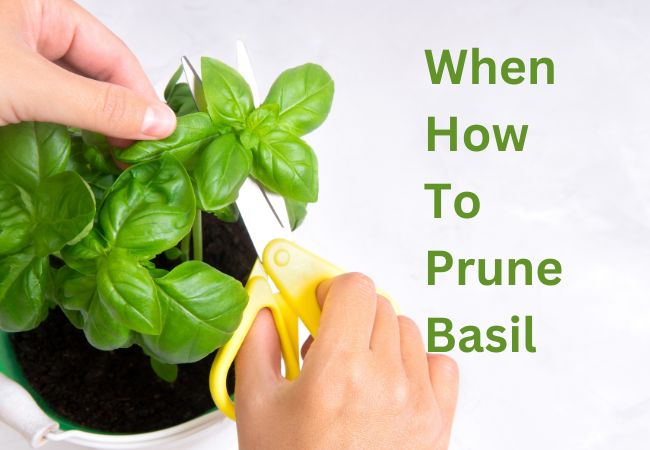Fall Planting Tips
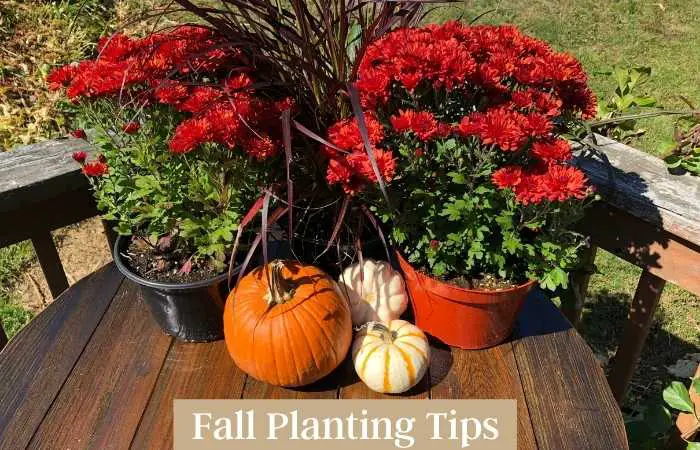
These fall planting tips will help you be successful. Fall can be an awesome time to establish your vegetables and flowers because the weather is cooler. The lower temperatures can be beneficial to your plants. It’s also a great time to plant because most areas typically get a little bit more rain in the fall. This means that your plants will be well watered which helps them thrive.
Although the days are shorter, there is still sufficient light which helps in getting the plants to transition into the garden easily.
In most regions, the first half of the fall season plus a few more weeks after that is a good time to plant. It gives your plants ample opportunity to form new roots and they are off to a good start.
Fall Planting Tips:
1. Plant up to six weeks before the ground freezes
The planting time is important and can determine whether you will have any success or not. When the ground freezes, the roots will not continue to grow. The plants will almost be dormant until the following spring.
Plan to give your plants a six-week buffer. This is enough time to get them established and form their roots. This early growth helps them withstand the cold and the snow brought by winter.
Note that the time is before the date that the ground freezes and not the time you get light frost. The time the ground freezes can vary from year to year as well as from area to area.
These days with climate change, the weather patterns are always changing. This year’s dates can be significantly different from last year.
However, the average planting deadline for most areas is around mid-November. When you’re unsure, you can always confirm with a local garden center.
2. Choose plants suitable for your zone
Avoid planting varieties of plants that are not suitable for your hardiness zone. Most gardeners, myself included we often test the limits and go for plants that are not recommended for the zones we live in.
If you want to conduct these experiments do them during spring when your plants have better chances of survival. During the fall, stick to what has been proven to work.
3. Don’t forget to water
Your newly established plants require water to grow properly. Don’t overlook watering even with cooler weather and more rain.
Watering is especially important when the weather extra windy or extra dry. Make sure to thoroughly water all the newly planted plants the first time you put them in the ground.
After that, water them normally throughout the season. Stop all forms of watering when the ground freezes.
4. Add a layer of mulch
Mulching can be beneficial for your garden for several reasons. You can use it in your garden to keep everything looking pretty and put together.
However, mulch is mostly used to create an ideal environment that supports root growth.
Add a layer of mulch at the base of your already established plants. I often put mulch on rose flower bushes to protect them during winter.
During fall, your newly established plants will especially appreciate mulching. The mulch provides the extra protection that they need during the cold season.
5. Plant even if you’re late
Sometimes, more often than we gardeners want to admit we are juggling so much. If you suspect that you failed to plant in time and the ideal planting dates have passed, just go ahead and plant.
No matter how late in the fall it is, plant any plants you still have sitting around. It doesn’t matter where you plant them just them in the ground.
You could always move them to the desired location the following spring if you need to. The plants will be better off in the ground where they have some protection around their root ball. They will have extra soil which they would not have if left in thin plastic nursery pots
6. Moderate your expectations
It is good to know what to expect from your newly established plants. You will not get much new growth on newly established plants in the fall.
This is a good thing because you don’t want your new plants to produce fresh shoots. The delicate leaves are not tough enough to tolerate the harsh weather. They would all die.
This season is or giving your plants a chance to establish their root systems in preparation for the growing season. When spring arrives, the plants will be ready to push out new shoots and get growing.
7. Avoid planting evergreens in mid to late fall
Evergreens don’t lose their needles or leaves during the wintertime. This makes them much more susceptible to drying out when the cold winds are howling at them and the soil is also frozen.
Plant evergreens in the spring, this will give them months to establish and create a nice root system. They will be better prepared to handle the stressors of winter.
This is especially important for broadleaf evergreens like holly, boxwood, and rhododendron. Their large leaves are much more susceptible to windburn damage and drought stress much more than trees with needle-like foliage.
8. Avoid varieties prone to winter damage
Some varieties are less tolerant of the cold weather. An example is the large leaf hydrangeas. Its good to note that different plants behave differently in different regions.
If you notice that there are plants and shrub that have many dead branches after winter, you should consider planting them in the spring.
9. Transplant your plants
Fall is also a great time to transplant. Follow all the tips in this post for transplanting your plants during fall.
If you have any plants in your garden that you’ve been considering moving now is a great time to do it
10. Prepare to overwinter
Some plants need overwintering while some don’t. If you have plants that you don’t want to risk leaving outside, you can prepare to move them indoor.
Any bulbs that need to be dug up and overwintered, prepare to do so.
Check this post on Climbing Roses Planting and Care.
Final Thoughts
Getting organized with your fall planting can help you have a great growing season the following year. Your plants will have already established root systems and will get going earlier.
If you have flowers that bloom early spring, you will not miss it. Others will even bloom twice.
I hope you found this post on fall planting tips helpful. Please share it and also follow me on Pinterest for more posts on gardening.
